Home>Gardening & Outdoor>Plant Care & Gardening Tips>Which Wildflower Is The First To Bloom In Spring
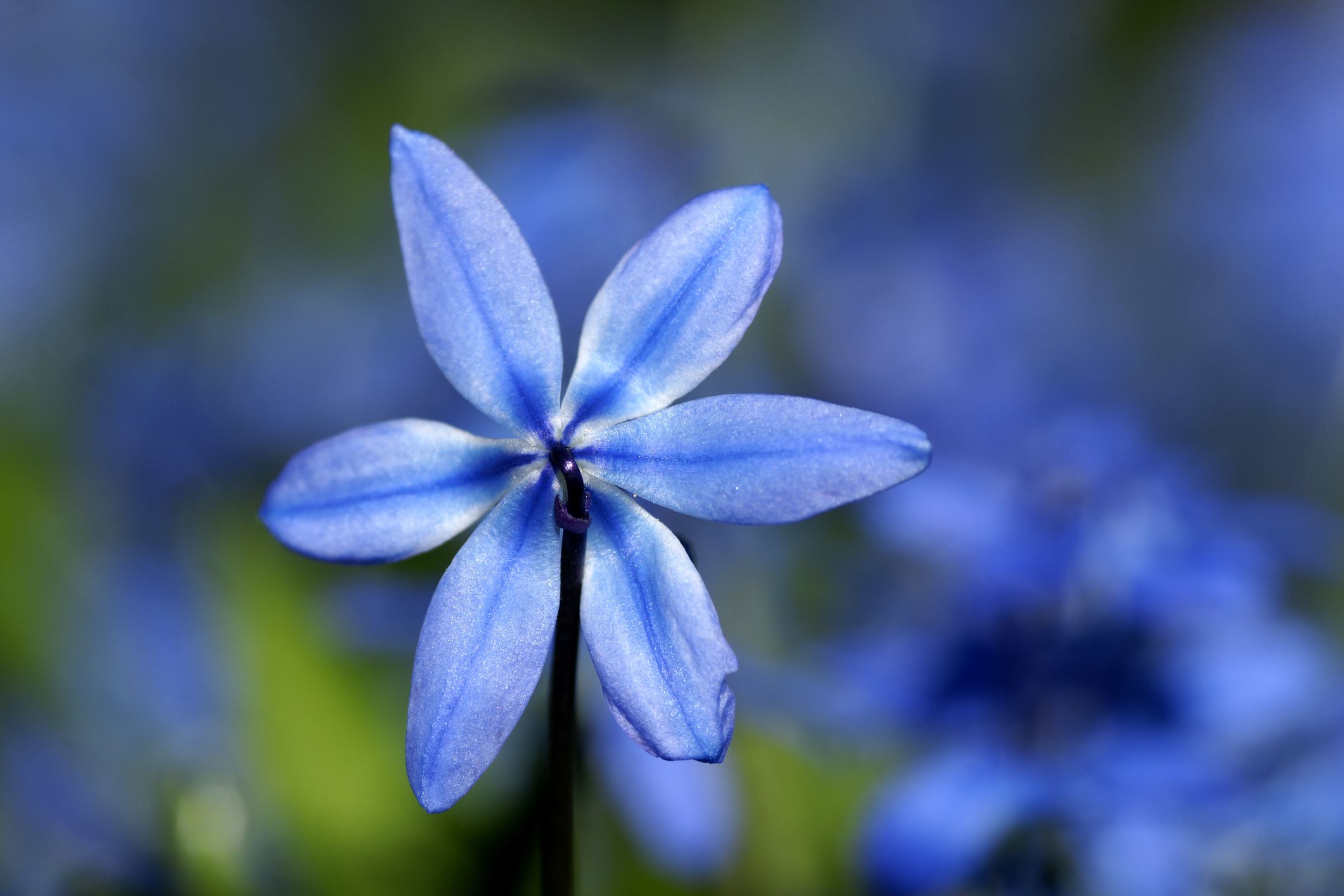

Plant Care & Gardening Tips
Which Wildflower Is The First To Bloom In Spring
Modified: January 9, 2024
Discover the plant care and gardening tips for the first wildflower to bloom in spring. Learn how to cultivate and nurture this early bloomer for a vibrant garden.
(Many of the links in this article redirect to a specific reviewed product. Your purchase of these products through affiliate links helps to generate commission for Storables.com, at no extra cost. Learn more)
Introduction
Welcome to the enchanting world of wildflowers, where nature's vibrant tapestry comes to life with the arrival of spring. As the frost of winter retreats and the earth awakens, a breathtaking transformation unfolds. The emergence of wildflowers signals the much-anticipated arrival of spring, painting landscapes with a kaleidoscope of hues and fragrances.
The annual spectacle of wildflowers blooming heralds the beginning of a new cycle of life, captivating our senses and stirring our souls. Each wildflower has its own unique story to tell, and the timing of their blooms is a delicate dance orchestrated by nature. In this article, we'll delve into the fascinating realm of early blooming wildflowers, exploring the factors that influence their emergence and celebrating the significance of their timely arrival.
Join us on a journey through meadows, woodlands, and prairies as we unravel the mystery of the first wildflowers to grace the landscape in spring. Let's embark on an exploration of these resilient and captivating blooms, discovering their beauty and the vital role they play in the intricate web of ecological balance.
Key Takeaways:
- Early blooming wildflowers like crocuses and bloodroots are resilient and vital for pollinators, soil stability, and inspiring human connection in the spring.
- Factors like climate, soil, and genetic traits influence when wildflowers bloom, showcasing nature’s remarkable adaptability and delicate balance.
Factors Affecting Wildflower Bloom Times
The timing of wildflower blooms is influenced by a myriad of natural factors, each playing a crucial role in determining when these delicate blossoms make their grand entrance. From environmental cues to plant genetics, a complex interplay of elements shapes the bloom times of wildflowers.
Climate and Weather: Wildflower bloom times are heavily influenced by prevailing climatic conditions. Temperature, precipitation, and sunlight levels all contribute to the timing of blooms. Warmer spring temperatures can trigger earlier flowering, while extended periods of cold weather may delay the emergence of wildflowers.
Photoperiod: The length of daylight, known as photoperiod, serves as a critical signal for many wildflower species. Certain plants rely on specific daylengths to initiate flowering, with longer days often prompting the onset of blooming. This photoperiodic response is a finely tuned adaptation that helps wildflowers synchronize their flowering with seasonal changes.
Soil Conditions: The composition and moisture levels of the soil can impact wildflower bloom times. Adequate soil moisture is essential for germination and sustained growth, influencing the timing and duration of flowering. Additionally, soil nutrient levels and pH can affect the overall health and vigor of wildflowers, influencing their ability to bloom.
Species-Specific Traits: Each wildflower species possesses its own genetic programming that dictates its flowering schedule. Some plants are inherently predisposed to early blooming, while others may have evolved to flower later in the season. These species-specific traits are honed through generations of adaptation to local environmental conditions.
Ecological Interactions: Wildflower bloom times can also be influenced by interactions with other organisms in their ecosystem. Pollinators, herbivores, and competing plant species all play a role in shaping the timing of wildflower blooms. Synchronized flowering with pollinator activity, for example, can enhance the reproductive success of wildflowers.
Understanding the intricate web of factors that govern wildflower bloom times provides a glimpse into the remarkable adaptability of these plants. As we unravel the mysteries of their emergence, we gain a deeper appreciation for the delicate balance that sustains the natural world.
Early Bloomers: Wildflowers That Appear First in Spring
As the frost retreats and the earth begins to thaw, a select group of resilient wildflowers eagerly step into the spotlight, heralding the arrival of spring. These early bloomers, with their tenacious spirit and captivating beauty, defy the lingering chill to grace the landscape with their vibrant colors. Let’s take a closer look at some of the enchanting wildflowers that lead the procession of spring blooms.
- Crocus (Crocus spp.): Among the first heralds of spring, the delicate petals of crocuses emerge through the snow, painting the ground with shades of purple, white, and gold. These hardy perennials are a cherished sight, signaling the awakening of the season.
- Bloodroot (Sanguinaria canadensis): Named for its blood-red sap and pristine white flowers, the bloodroot is a woodland gem that unfurls its blooms in early spring. This native wildflower holds a special place in the hearts of nature enthusiasts, offering a captivating display in shaded woodland areas.
- Trout Lily (Erythronium americanum): With its mottled leaves and nodding yellow flowers, the trout lily is a charming presence in woodlands and meadows. This early bloomer carpets the forest floor with its dainty blooms, adding a touch of elegance to the spring landscape.
- Spring Beauty (Claytonia virginica): Aptly named, the spring beauty graces woodlands and fields with its delicate pink or white flowers. These dainty blooms blanket the ground, creating a mesmerizing carpet of color that captivates all who encounter them.
- Skunk Cabbage (Symplocarpus foetidus): A true emblem of resilience, the skunk cabbage emerges in wetlands and marshy areas, unfurling its unique hooded flowers. Its ability to generate heat, melting through snow and ice, makes it a remarkable early bloomer that commands attention.
These early blooming wildflowers, with their remarkable adaptations and captivating beauty, serve as beacons of hope and renewal. Their timely arrival signals the transition from winter’s slumber to the exuberant awakening of spring, inspiring wonder and appreciation for the wonders of the natural world.
The wildflower that is often the first to bloom in spring is the snowdrop (Galanthus). Keep an eye out for its delicate white flowers as a sign that spring has arrived.
Importance of Early Blooming Wildflowers
The early blooming wildflowers that grace the landscape in spring play a vital role in the intricate tapestry of ecological balance, offering a host of benefits that reverberate throughout their natural habitats. These resilient blooms, which defy the lingering grasp of winter, hold profound significance in sustaining diverse ecosystems and captivating the hearts of all who behold them.
Crucial Pollinator Resources: As some of the first sources of nectar and pollen in the spring, early blooming wildflowers provide essential sustenance for awakening pollinators. Bees, butterflies, and other pollinating insects rely on these early floral resources to fuel their activities and kickstart the reproductive cycles of countless plant species.
Soil Stabilization and Erosion Control: The root systems of early blooming wildflowers contribute to soil stabilization, particularly in areas where winter snowmelt and spring rains can lead to erosion. Their presence helps fortify the soil, preventing loss of valuable topsoil and fostering a stable foundation for the surrounding plant community.
Ecological Synchronization: The timely emergence of early blooming wildflowers aligns with the life cycles of numerous other organisms, creating a symphony of ecological interactions. From pollinator foraging to the emergence of insect herbivores, these synchronized events set the stage for a harmonious dance of life within the natural world.
Supporting Wildlife: Early blooming wildflowers contribute to the overall biodiversity of ecosystems, offering food and shelter for a myriad of wildlife species. From foraging deer to nesting songbirds, these resilient blooms provide valuable resources that sustain and enrich the web of life.
Human Connection and Inspiration: The early arrival of wildflowers in spring captivates the human spirit, offering a sense of hope, renewal, and connection to the natural world. Their vibrant colors and delicate beauty inspire artists, poets, and nature enthusiasts, fostering a deep appreciation for the wonders of the changing seasons.
By celebrating the importance of early blooming wildflowers, we honor their resilience and the invaluable role they play in shaping the rich tapestry of life. Their timely emergence serves as a poignant reminder of nature’s capacity for renewal and the interconnectedness of all living beings.
Conclusion
As we bid farewell to the frosty grip of winter, the emergence of early blooming wildflowers paints a captivating portrait of resilience, renewal, and natural splendor. These delicate blooms, with their vibrant colors and tenacious spirit, mark the beginning of a new chapter in the ever-unfolding story of the natural world.
From the enchanting petals of crocuses peeking through the snow to the elegant nodding blooms of the trout lily, each early blooming wildflower holds a cherished place in the intricate web of life. Their timely arrival heralds the awakening of spring, captivating our senses and inspiring a sense of wonder at the resilience of nature.
As we celebrate the significance of these early bloomers, we recognize their vital role in sustaining ecosystems, supporting pollinators, and captivating the human spirit. Their emergence serves as a poignant reminder of the interconnectedness of all living beings and the cyclical rhythms of the natural world.
So, as you venture into the great outdoors in the early days of spring, take a moment to revel in the beauty of these resilient wildflowers. Their fleeting blooms remind us of the preciousness of each season and the enduring spirit of life that perseveres against all odds.
May the early blooming wildflowers continue to inspire awe and appreciation, serving as a timeless symbol of hope, renewal, and the enduring beauty of the natural world.
Frequently Asked Questions about Which Wildflower Is The First To Bloom In Spring
Was this page helpful?
At Storables.com, we guarantee accurate and reliable information. Our content, validated by Expert Board Contributors, is crafted following stringent Editorial Policies. We're committed to providing you with well-researched, expert-backed insights for all your informational needs.
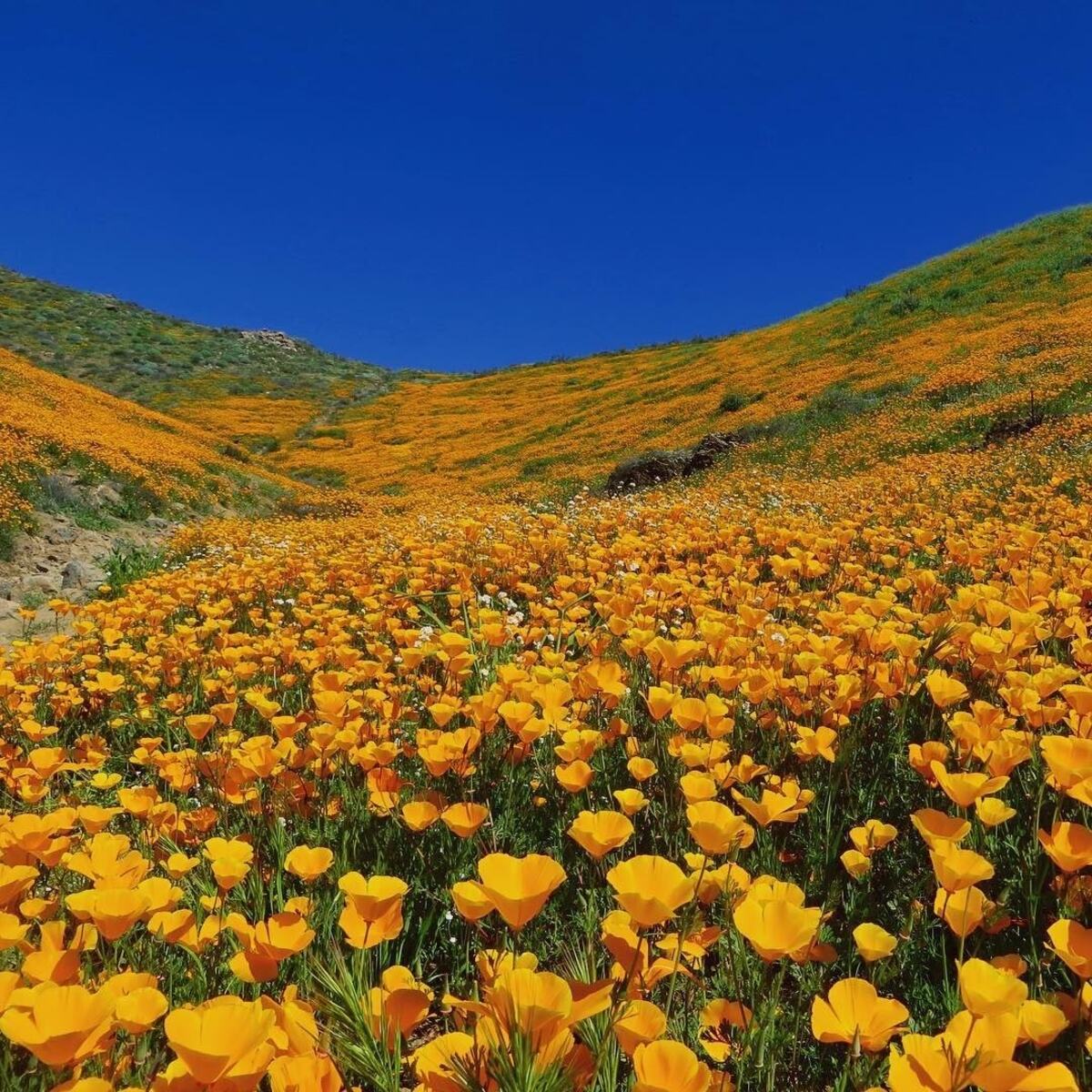
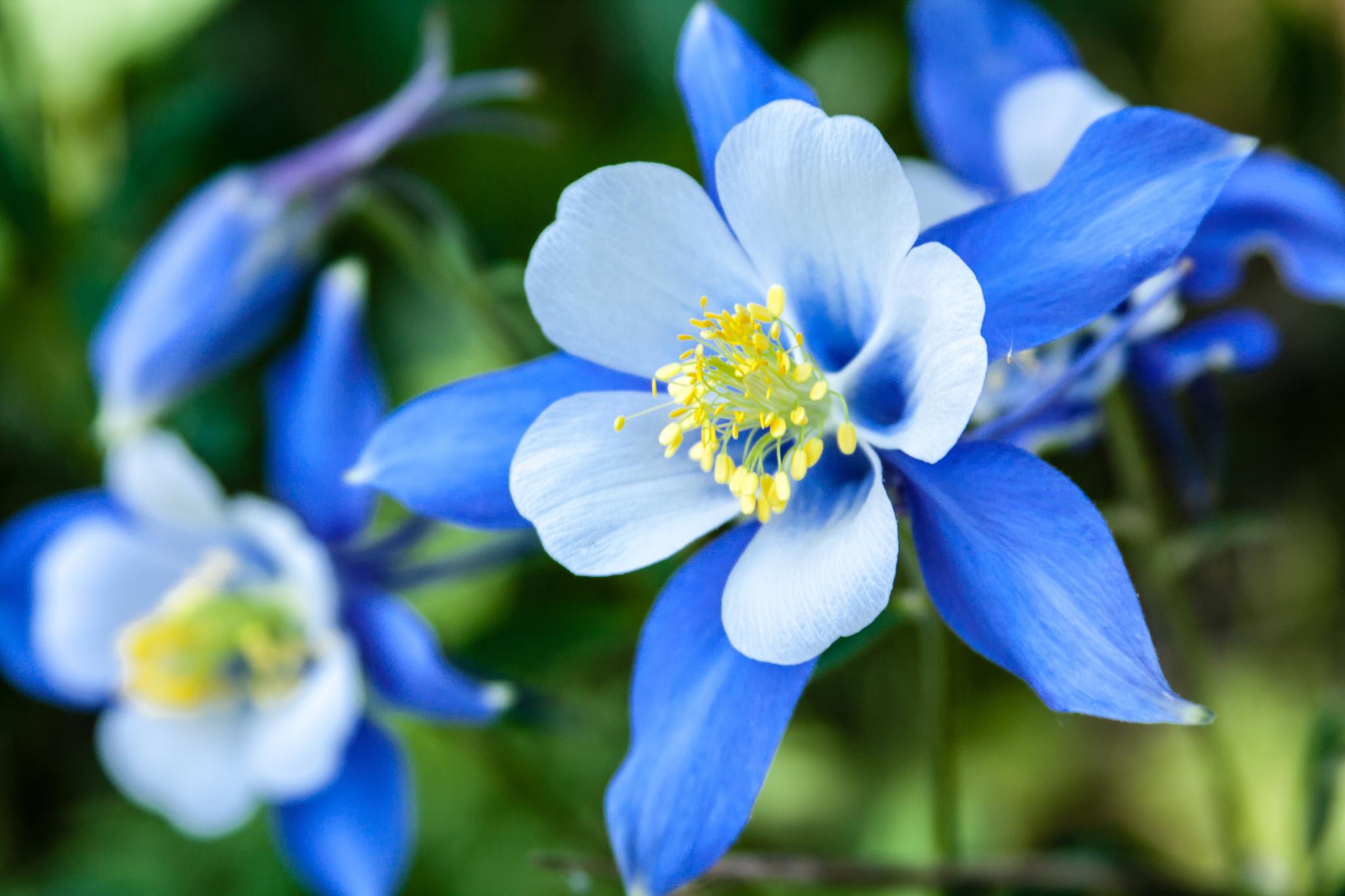
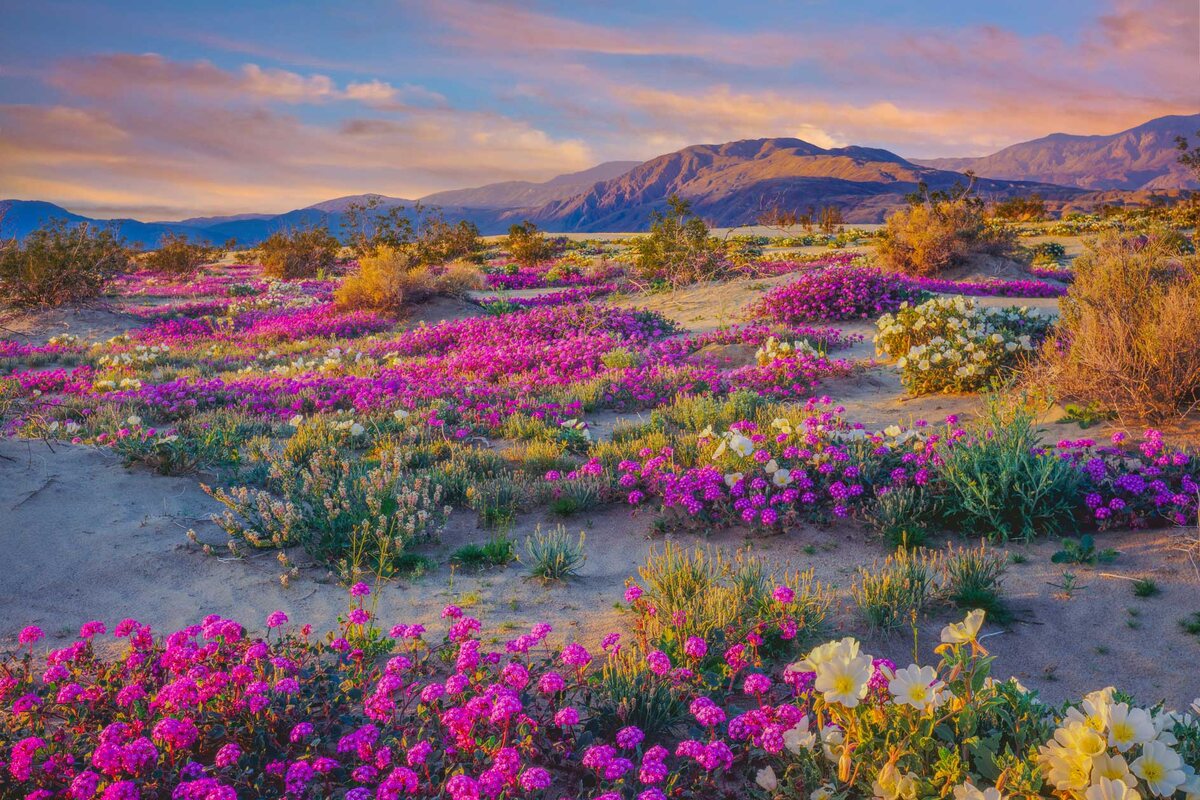
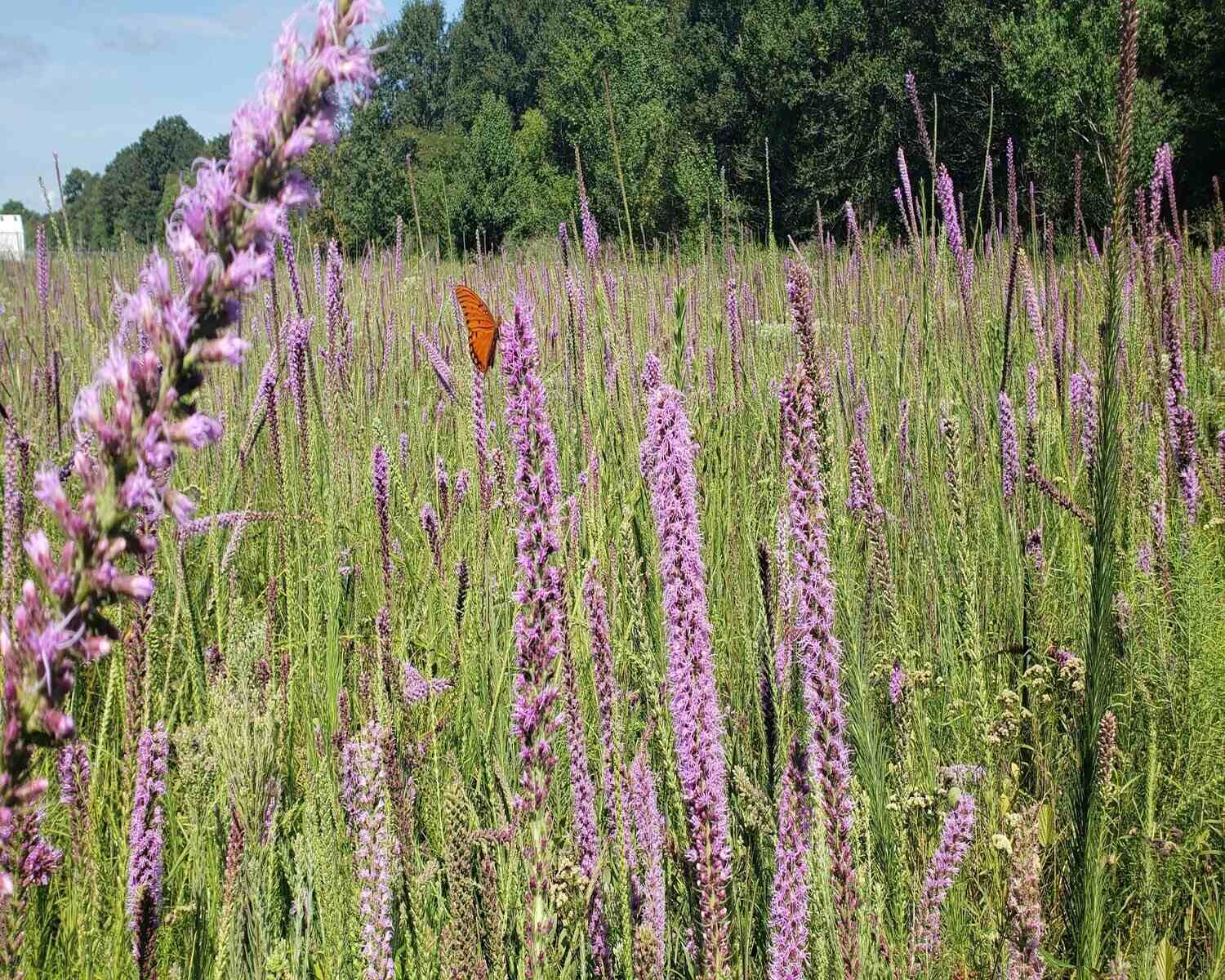

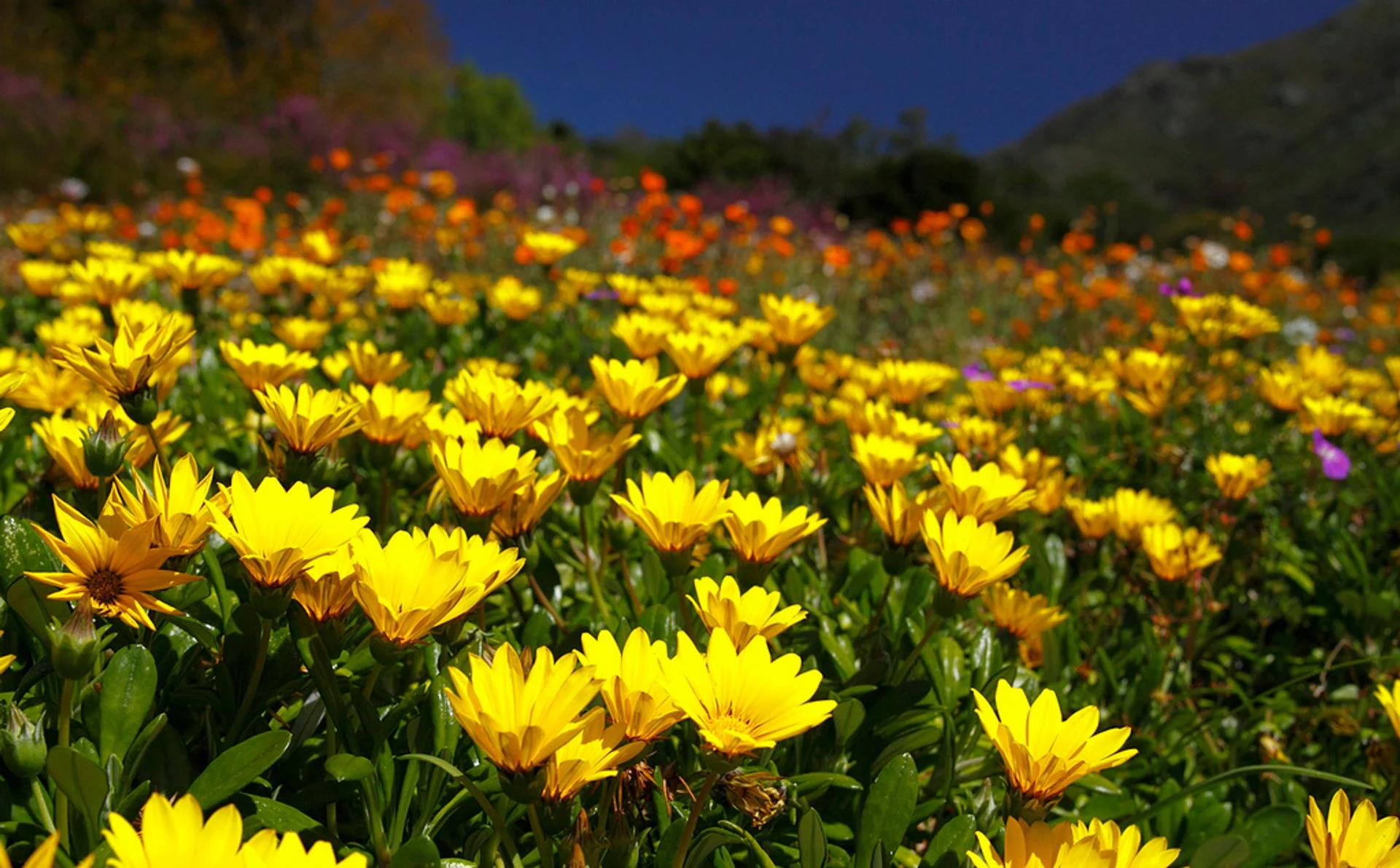
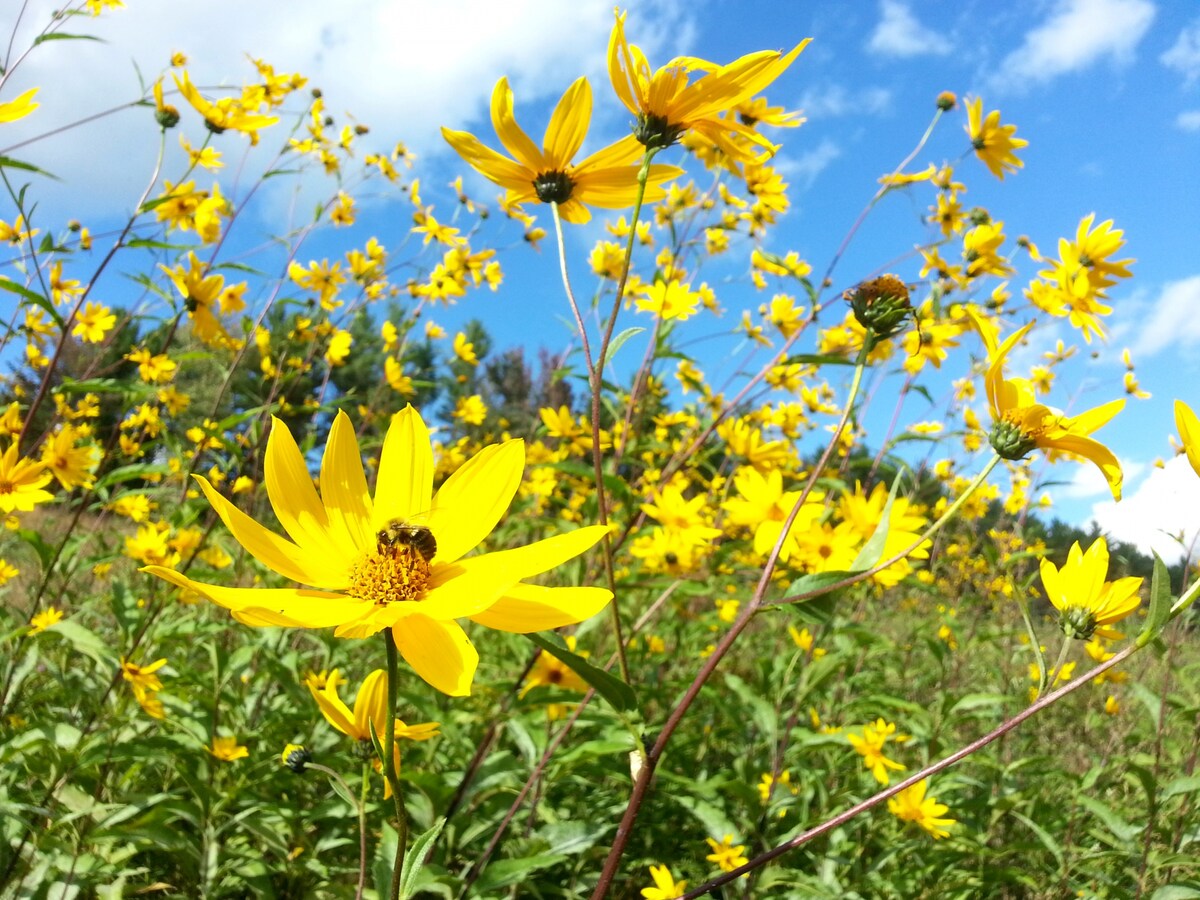


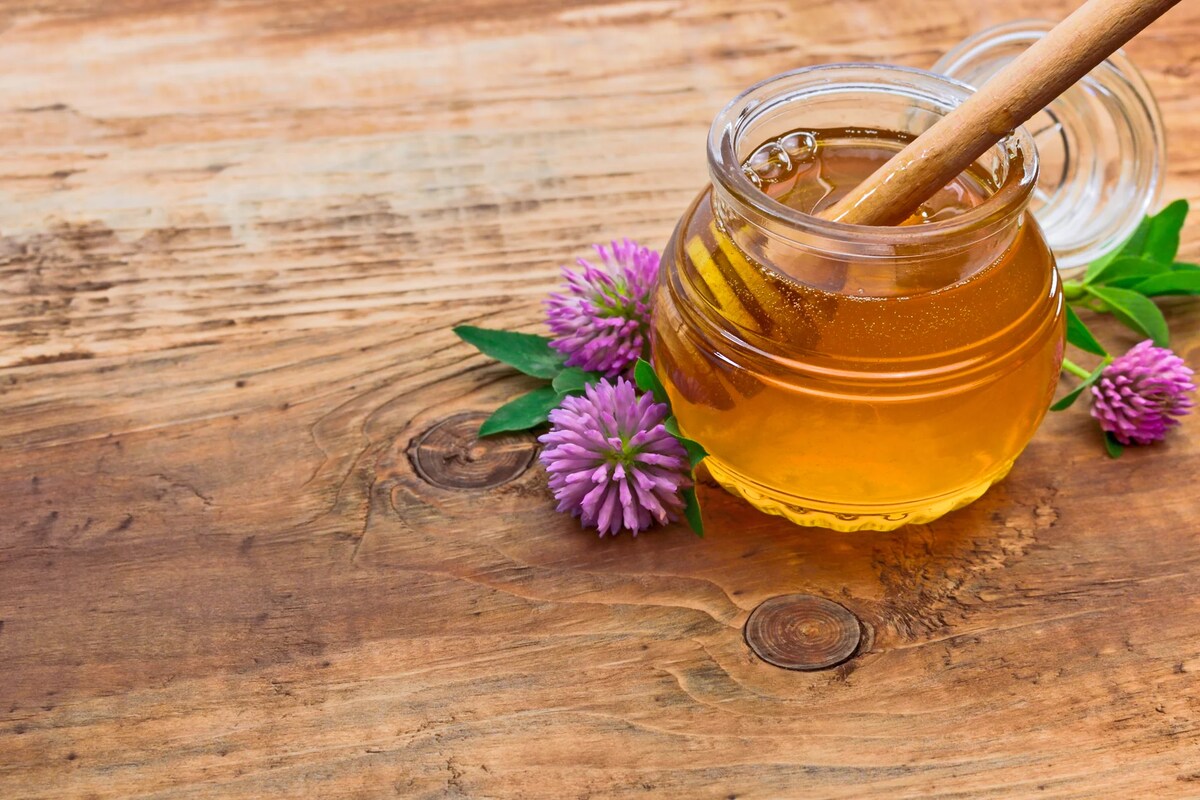


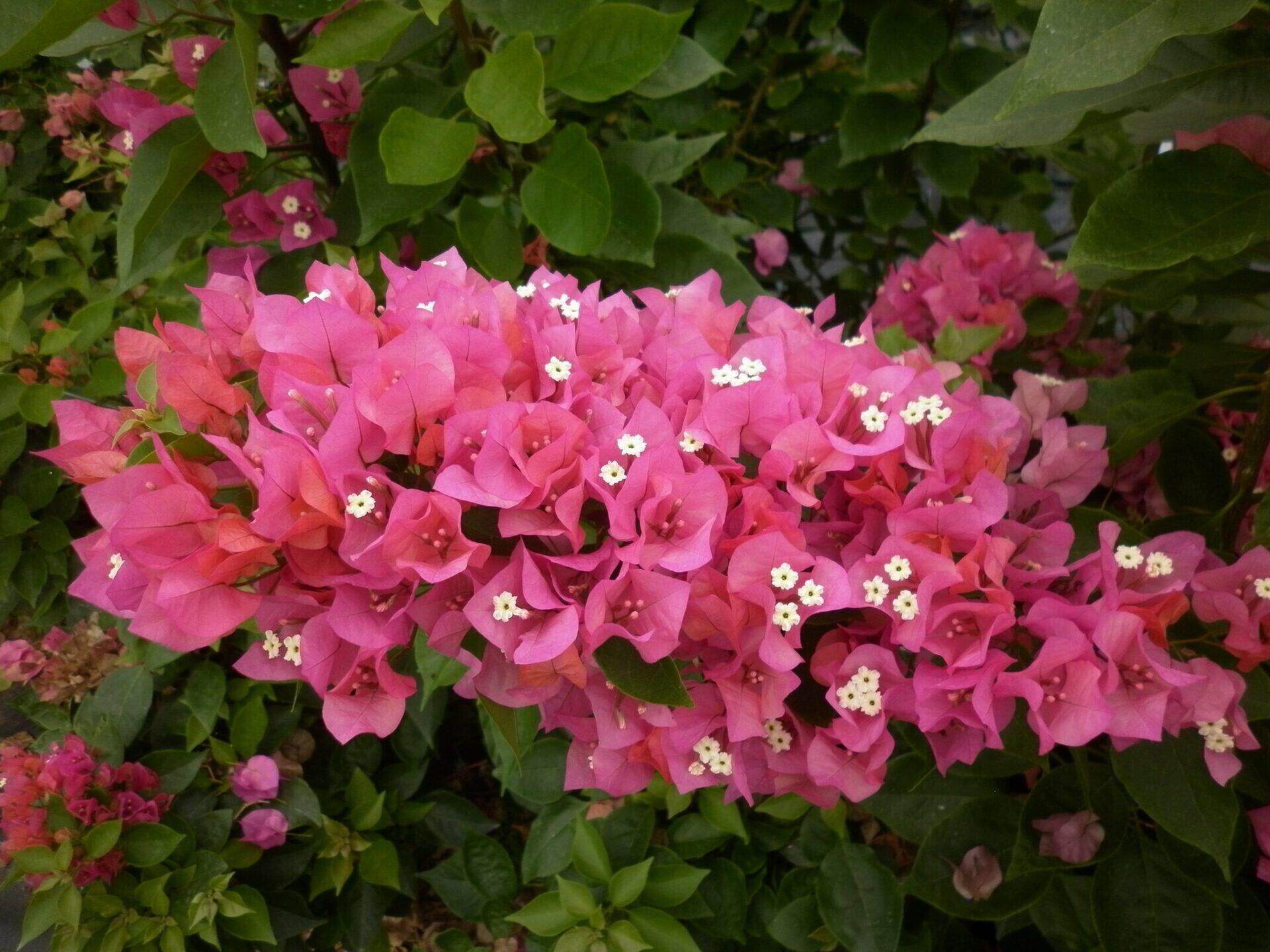



0 thoughts on “Which Wildflower Is The First To Bloom In Spring”